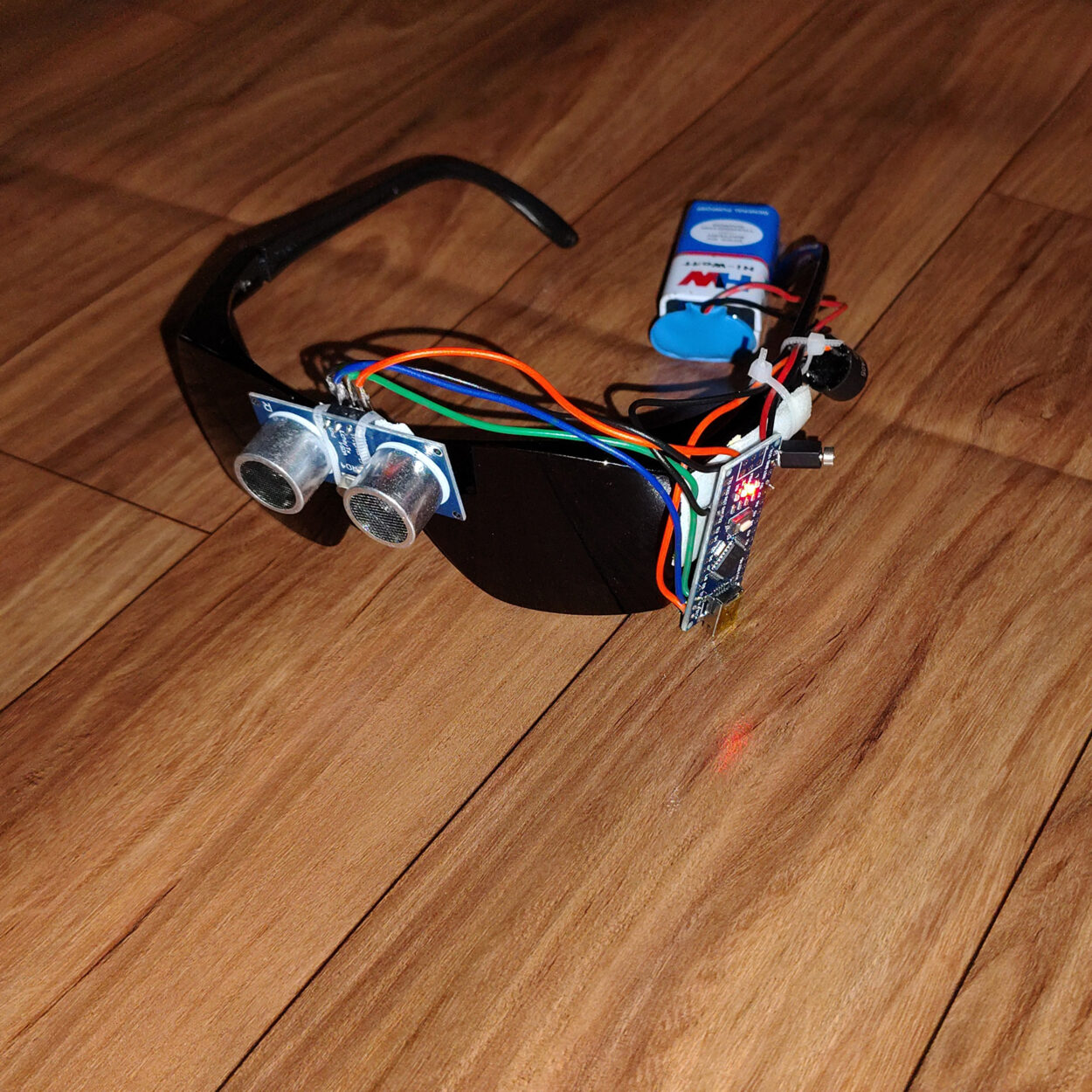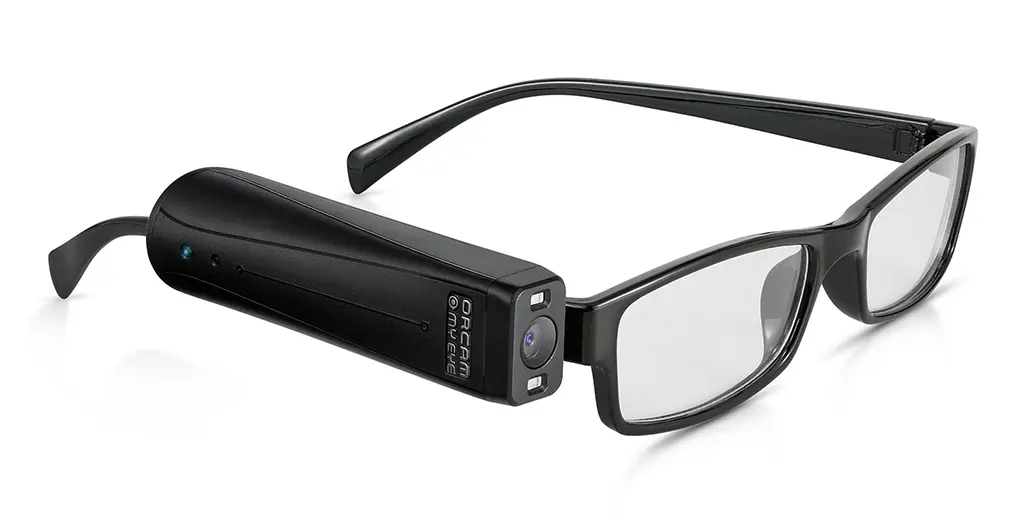OCR Devices for the Blind: Breaking Barriers with Optical Character Recognition
Innovative Solutions in Assistive Modern Technology for Visual Impairment
The landscape of assistive modern technology for aesthetic disability is progressing quickly, presenting a variety of ingenious options that boost access and self-reliance. From sophisticated smartphone applications that facilitate navigating to wearable gadgets developed for real-time guidance, these devices are reshaping the experiences of those with visual problems.
Improvements in Smart Device Applications
In recent years, advancements in smart device applications have significantly changed the landscape of assistive innovation for individuals with aesthetic impairments. These applications take advantage of the powerful sensors and capabilities of modern-day smartphones to provide customers with tools that enhance self-reliance and ease of access in their daily lives.
Significant among these technologies are applications developed for things recognition, which utilize the smart device's video camera to recognize products and give verbal summaries. Such features equip users to browse their environments a lot more effectively, whether recognizing products in stores or situating personal valuables at home. Furthermore, text-to-speech applications have improved considerably, enabling individuals to record printed text via their device's video camera and get instant sound responses, thus assisting in analysis and comprehension.
Navigation applications customized for aesthetically impaired individuals have actually also emerged, using acoustic guidance and comprehensive place details. These devices offer essential support for movement, enabling individuals to go across strange spaces with confidence. Moreover, community-driven applications have cultivated social interaction and resource sharing among people with aesthetic problems, developing an encouraging network that enhances their lifestyle. Generally, mobile phone applications have actually ended up being important allies in advertising autonomy and ease of access for individuals with visual impairments.
Wearable Tools for Navigation
Wearable devices for navigating have actually become a groundbreaking service for individuals with aesthetic disabilities, providing hands-free assistance that boosts flexibility and positioning. These gadgets generally utilize innovative innovations, including GPS, ultrasonic sensors, and artificial intelligence, to give real-time comments and direction to customers as they browse their environment.
One notable instance of wearable navigation modern technology is wise glasses, which can spot barriers and relay auditory or haptic comments to the user, enabling for efficient and risk-free movement in numerous settings. Various other devices, such as belts and vests equipped with sensing units, can similarly notify users of their surroundings by supplying alerts concerning nearby items or changes in terrain.
In addition, numerous wearable gadgets incorporate with mobile phone applications, allowing customers to customize their navigating choices and receive customized course ideas. This customization can significantly improve the customer experience, empowering people to take a trip with greater confidence and self-reliance.
As modern technology remains to establish, the possibility for wearable navigation gadgets to boost the quality of life for individuals with aesthetic impairments remains considerable, leading the means for more inclusive and easily accessible environments.
Smart Home Innovation Assimilation

Moreover, smart home appliances outfitted with responsive interfaces or auditory comments supply instinctive interactions that cater particularly to the demands of those with aesthetic impairments. Wise fridges can reveal their materials and expiry days, while clever stoves can assist customers through the cooking procedure with audio instructions.
Home automation systems, such as smart doorbells and security cameras, offer peace of mind by allowing users to receive signals and accessibility live feeds via their smart phones, boosting individual safety and security (AI-powered visual aids). In addition, assimilation with tablets and mobile phones guarantees that customers can handle their home setting from anywhere within their facilities
As wise home technology remains to advance, it holds the possible to change the living experiences of individuals with visual problems, cultivating freedom and boosting top quality of life in a progressively connected globe.

Educational Equipment and Resources
Accessibility to efficient academic tools and resources is crucial for eye health care people with aesthetic disabilities, as it equips them to involve totally in their discovering experiences. Different assistive becoming an eye doctor technologies have been created to improve ease of access and foster independent knowing.
Moreover, instructional software program particularly designed for aesthetically damaged customers provides features such as high-contrast settings and adjustable text dimensions. These tools accommodate varied knowing styles and make certain that trainees can tailor their instructional experience to their demands.
Furthermore, accessibility to digital collections and audio books increases the variety of available discovering materials, making it possible for trainees to discover subjects in depth without the restrictions imposed by standard print resources. Joint platforms that integrate ease of access functions likewise assist in group tasks, guaranteeing that visually damaged pupils can contribute meaningfully alongside their peers.
Area Support and Involvement
A robust network of neighborhood assistance and interaction is necessary for individuals with aesthetic problems, promoting a comprehensive environment where they can prosper. Area organizations, regional campaigning for groups, and volunteers play an essential duty in providing resources, details, and companionship, which are crucial for boosting the quality of life for those impacted by aesthetic impairments.
Engagement tasks such as workshops, get-togethers, and support system not only promote ability growth yet likewise promote social interaction, lowering sensations of isolation. These initiatives urge people to share experiences, successes, and challenges, thus strengthening area bonds. Furthermore, partnerships with neighborhood services can result in higher access in public areas, better incorporating people with aesthetic problems right into the community.
Modern technology likewise enhances area engagement via on the internet platforms that use virtual support system and sources, enabling people to connect despite geographical barriers. By harnessing both digital and in-person options, communities can develop an extensive assistance network. Ultimately, cultivating collaboration amongst various stakeholders-- including family members, teachers, and healthcare experts-- ensures that individuals with aesthetic impairments get the all natural support needed to navigate life properly and with dignity.
Final Thought
Ingenious options in assistive modern technology for aesthetic problems dramatically boost the top quality of life for people encountering these obstacles. The integration of mobile phone applications, wearable gadgets, smart home technology, and academic tools fosters greater independence and accessibility.
The landscape of assistive technology for aesthetic problems is advancing swiftly, presenting an array of cutting-edge solutions that boost availability and self-reliance. Community-driven applications have actually promoted social communication and resource sharing amongst individuals with aesthetic problems, developing a helpful network that boosts their high quality of life. Overall, mobile phone applications have ended up being important allies in advertising autonomy and access for people with aesthetic problems.
Lots of people with visual disabilities are discovering greater autonomy through the look what i found integration of smart home modern technology.Ingenious services in assistive technology for visual impairment considerably improve the high quality of life for individuals dealing with these challenges.